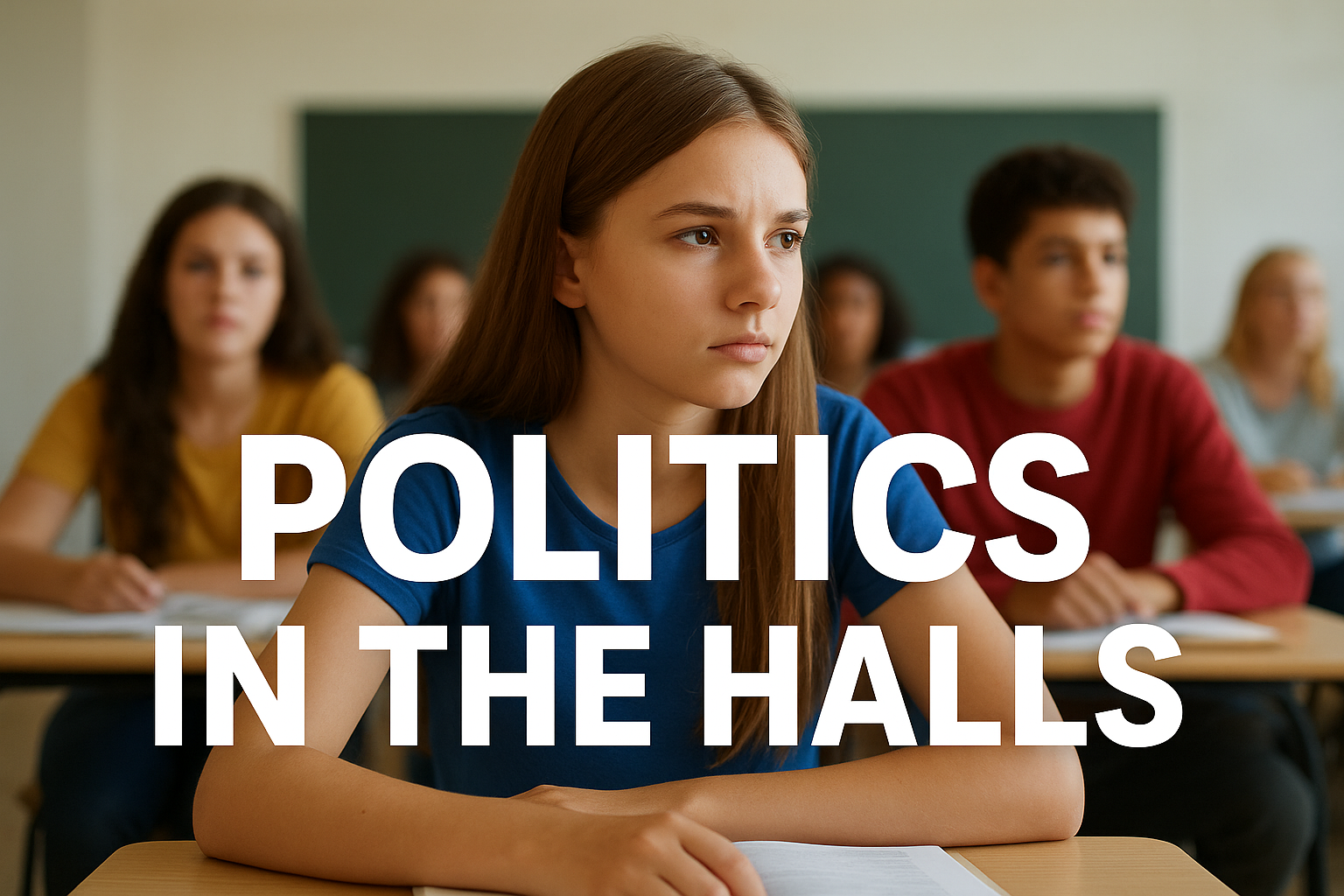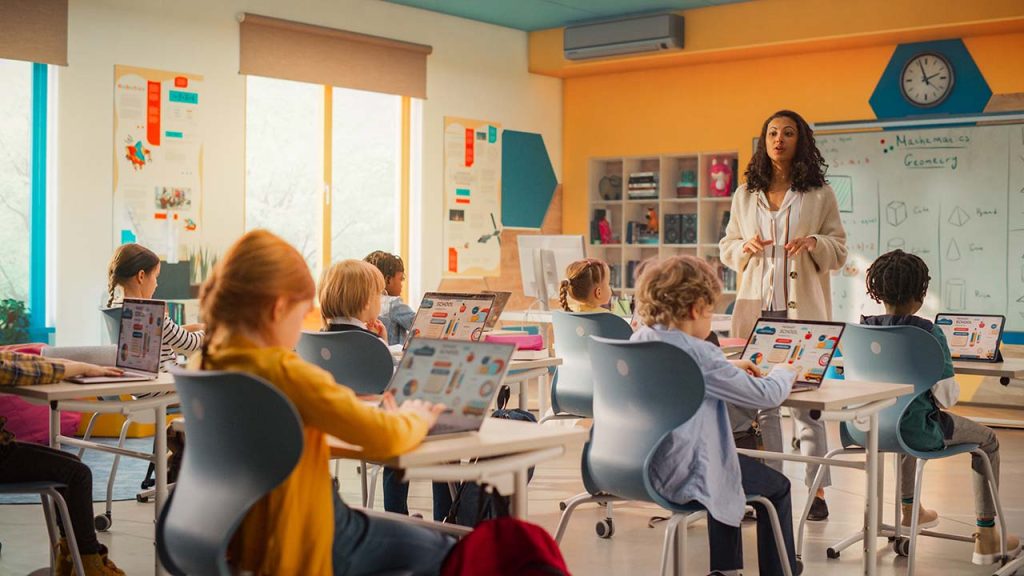

Unfunded, Unrealistic, Unworkable: The Truth About Collaborative Time
The latest changes to Maryland’s Blueprint for Education, as reported by The Baltimore Sun, show exactly what many educators and administrators have seen coming for years: the plan to increase collaborative time for teachers is simply not sustainable—mathematically or practically—without significant hiring of new teachers, which neither the state nor local school systems can afford, not to mention the seriouc lack of newley available teachers.
According to the article, the General Assembly’s revised bill now “allows collaborative time funding to go to local school boards for fiscal year 2026” and pauses any increase in that funding for fiscal years 2027 and 2028. On the surface, this may sound like a routine fiscal adjustment. But what it really means is that the burden is being shifted—quietly and significantly—to the local school systems, many of which are already facing severe budget pressures.
Let’s make this plain: collaborative time means more teachers. There is no way around it. When educators ask for more time to meet with colleagues, plan lessons, analyze data, or attend professional development—without having to supervise students—those students must still be somewhere, supervised and engaged. That requires another adult in the room. That means hiring more teachers or certified staff to cover those periods.
This is not an abstract concept. It’s not a philosophical debate. It’s basic arithmetic.
For every 10 teachers given an hour of collaborative time during the school day, someone has to be there for the 200 or more students they would otherwise be teaching or supervising. If you want that collaboration to happen weekly or even daily, the number of additional hires needed becomes massive—and quickly unsustainable given current workforce and budget realities.
And here’s the catch: we are already in the middle of a teacher shortage. Schools across Maryland are struggling to fill vacancies, let alone hire for new roles. Many districts are forced to rely on long-term substitutes, uncertified teachers, or emergency hires just to keep classrooms staffed. So when the state defers the cost and logistics of this initiative to the local level, it’s not just passing the buck—it’s acknowledging that the plan is unworkable.
These realities aren’t new. They were obvious to anyone with experience in school operations five years ago when the Blueprint was first introduced. At the time, many of us raised these very concerns: Where will we find the people? Where will the money come from? What happens when state funding is delayed or paused, as it has been now?
Unfortunately, the response to these warnings was often to kick the can down the road. Now, we’re here, and the answer is to put the problem on the doorstep of local boards of education and tell them to figure it out.
This is no way to run public education.
Maryland’s commitment to improving teaching and learning is admirable. No one argues against the value of teachers having time to collaborate and grow professionally. But if the systems and supports needed to implement that vision aren’t built from the ground up—with realistic timelines, honest budget forecasting, and a genuine plan to address workforce shortages—then we are setting schools up to fail.
It’s not cynical to point this out. It’s practical. It’s the kind of thinking educators and administrators engage in every day as we try to make limited resources stretch to meet infinite needs.
The Blueprint was doomed on this front from the beginning because it ignored the most basic reality of all: students cannot be unsupervised while teachers collaborate. If the plan doesn’t account for that, then it’s not a plan—it’s a wish.
And right now, our schools don’t need more wishes. They need leadership grounded in reality.
Dig Deeper With Our Longreads
Newsletter Sign up to get our best longform features, investigations, and thought-provoking essays, in your inbox every Sunday.
The MEN was founded by John Huber in the fall of 2020. It was founded to provide a platform for expert opinion and commentary on current issues that directly or indirectly affect education. All opinions are valued and accepted providing they are expressed in a professional manner. The Maryland Education Network consists of Blogs, Videos, and other interaction among the K-12 community.










